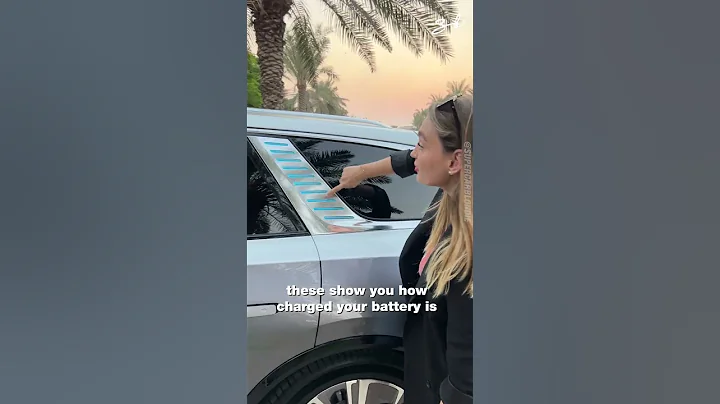
On October 4th local time, on the instructions for car configuration updates, Tesla stated that starting from October this year, ultrasonic sensor will be gradually removed.
The new Model 3 and Model Y models sold in North America, Europe, Middle East and other places will remove ultrasonic sensors (USS) from October this year, and the Model S and Model X models will be removed from 2023.
After removing the ultrasonic sensor, Tesla Auto will be completely based on the assisted driving system of camera vision. Although parking assist , automatic parking, summoning and smart summoning will be temporarily restricted, it will be upgraded through OTA in the future. This is also the cancellation of ultrasonic radar after Tesla cancelled the mmWave radar in May 2021. At this point, Tesla has completely embarked on the "pure vision" route.
Musk escaped the inverse
"How many lidar do you have? Less than 4, please don't talk." This is the promotional copy of the new energy vehicle salon mecha under Great Wall in 2021. 2021 is regarded as the first year of mass production of lidar. Starting from the Guangzhou Auto Show in November, new energy and traditional car companies such as NIO , Ideal, Xiaopeng , SAIC, and WM Motor have announced mass production of models equipped with lidar, and lidar has become a new technological selling point for high-end models. According to statistics from CICC, among the new models launched from 2021 to 2023, at least more than 20 models have been announced to be equipped with lidar. What is moving forward with
and lidar is that the maintenance cost of lidar models is not low. In August this year, an Xiaopeng P5 car owner exposed the cost of replacing the lidar after the scratch accident, and the maintenance price of a single lidar is as high as 8,916 yuan.
is different from the manufacturers of the "lidar camp". Musk is a fan of the computer vision camp, and even he once bluntly said that "only fools use radar ". Musk believes that self-driving cars should use their senses to navigate the world like human drivers. Since humans use their eyes and intelligence to navigate three-dimensional space, so should autonomous cars.
It is worth mentioning that as the early car company Toyota , Toyota , its subsidiary Woven Plane joined the Tesla camp in April this year and does not rely on sensors such as lidar.
Recently, Ibeo, the world's first automotive-grade lidar mass production company, recently announced bankruptcy because "cannot obtain further growth financing."
Tesla All IN AI
Although Tesla's autonomous driving has been criticized, Tesla's Q4 2021 report shows that "When using Autopilot, an average traffic accident occurs every 6.94 million kilometers, while data from NHTSA in the United States shows that an average accident occurs in 780,000 kilometers." Tesla has actually accumulated super-large data. Information in the Q2 quarter of this year shows that the test mileage of the FSD Beta system has reached 56.327 million kilometers.
Not long ago, Tesla released the humanoid prototype robot "Optimus" Optimus Prime. Tesla's engineering director said that Autopilot's experience in computer vision systems is helping Tesla figure out how to make a robot work in reality.
, on the one hand, gradually abandons radar and further reduces costs, and on the other hand, accumulates experience to empower other products to develop. Tesla, which is purely visual, is All IN AI.











